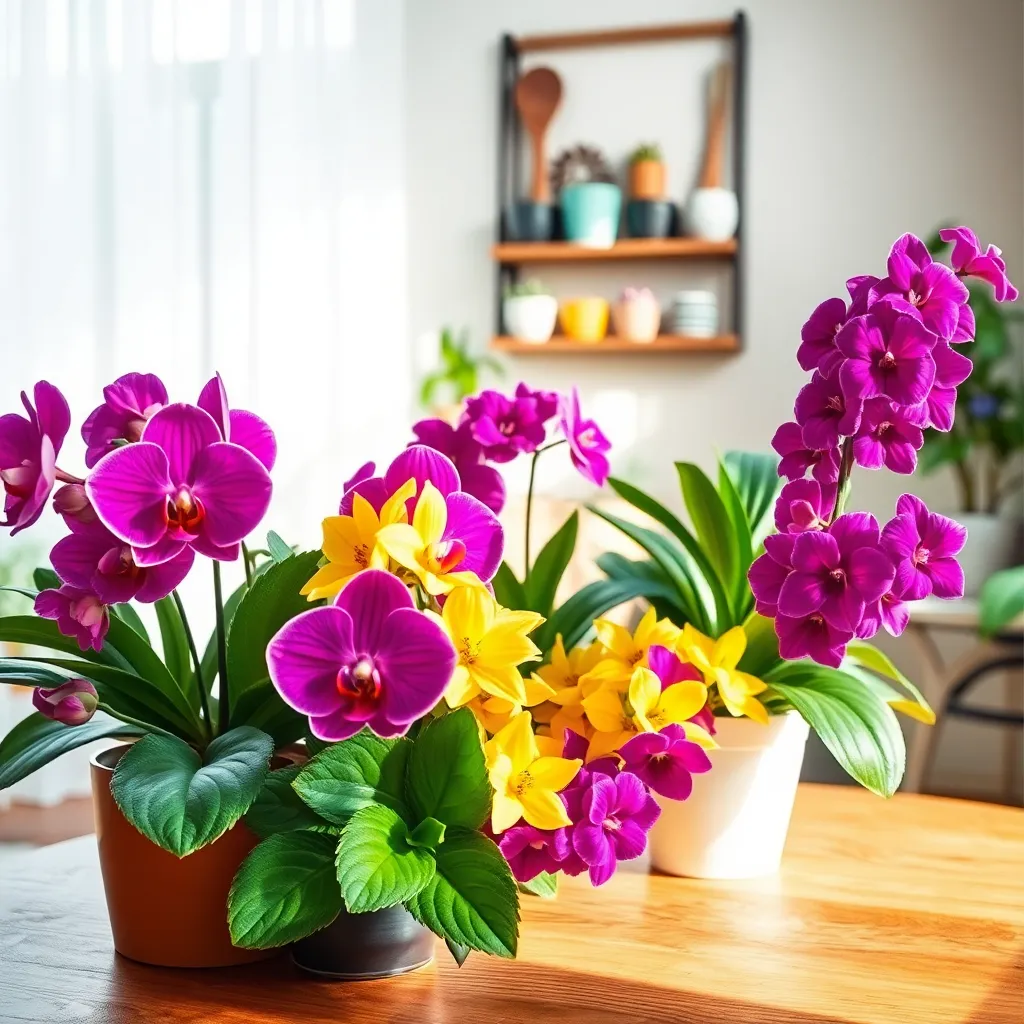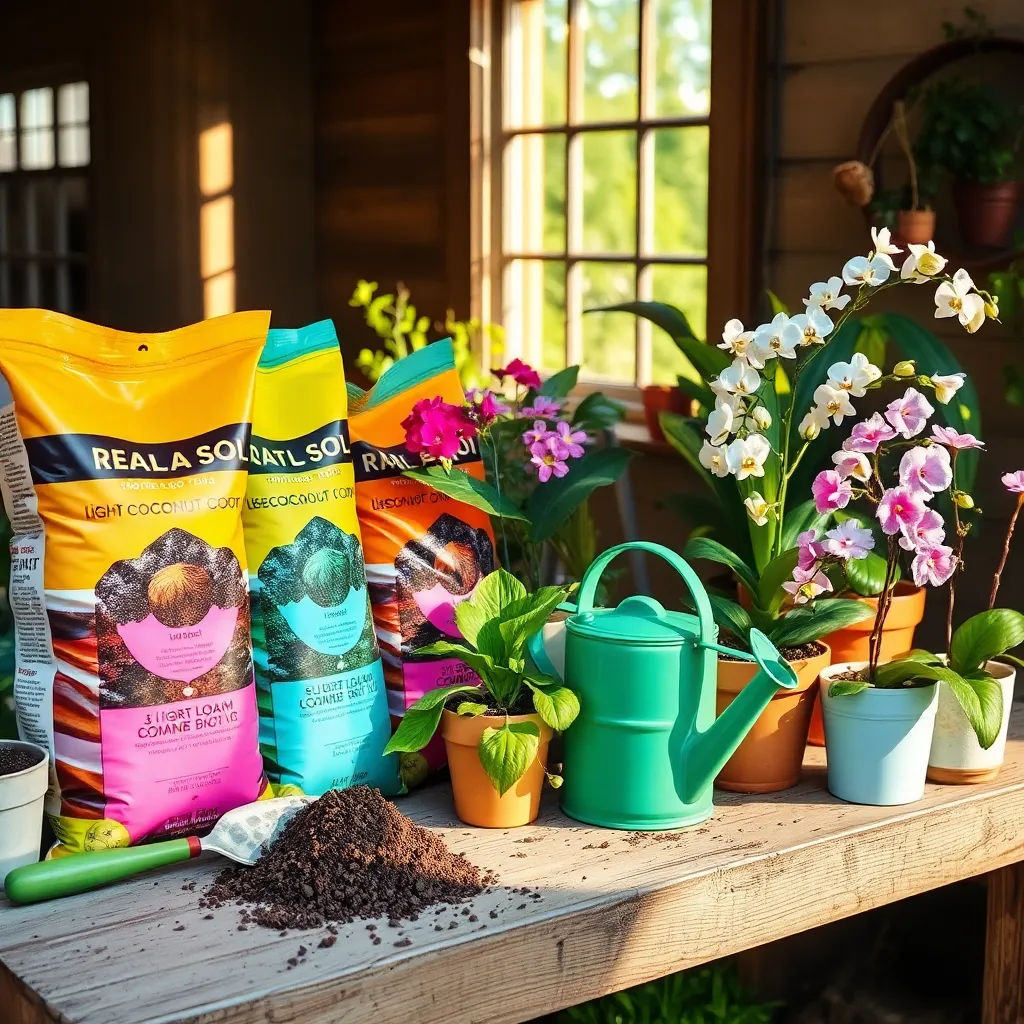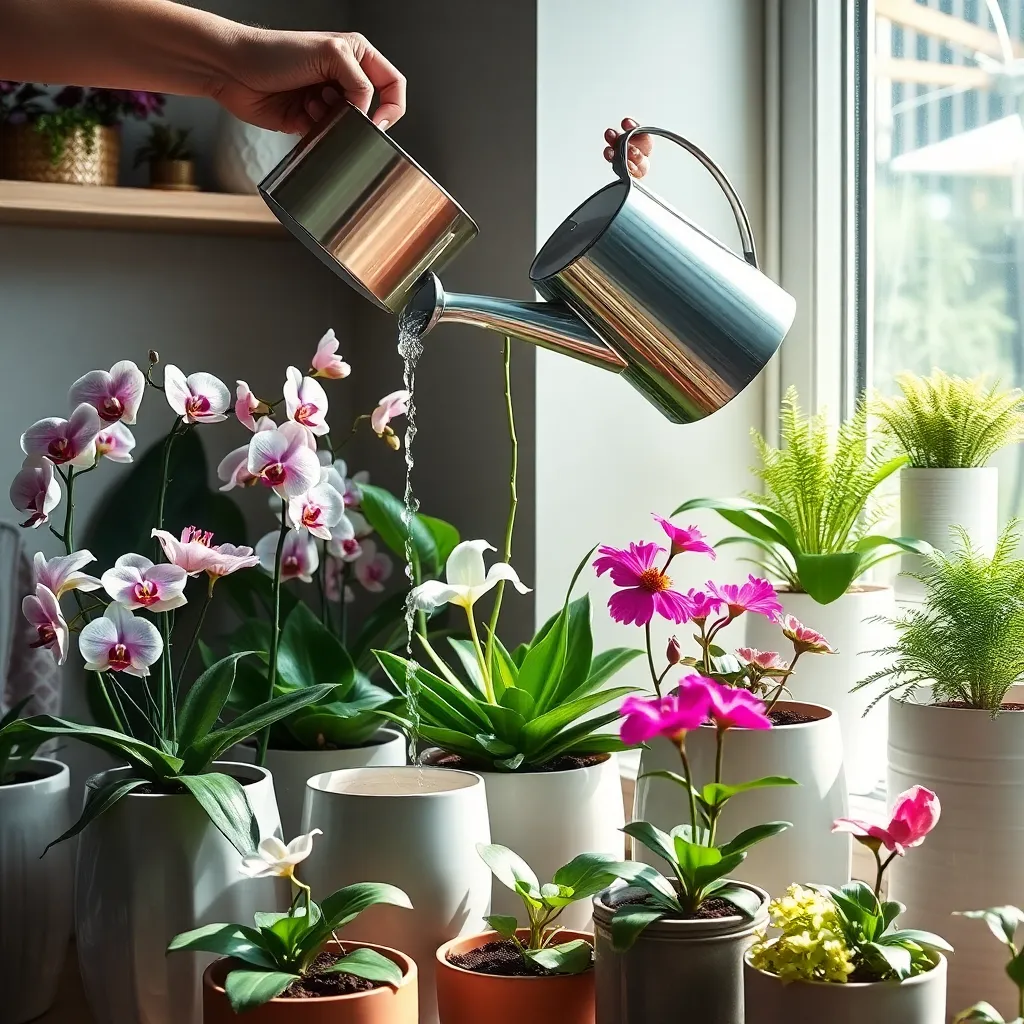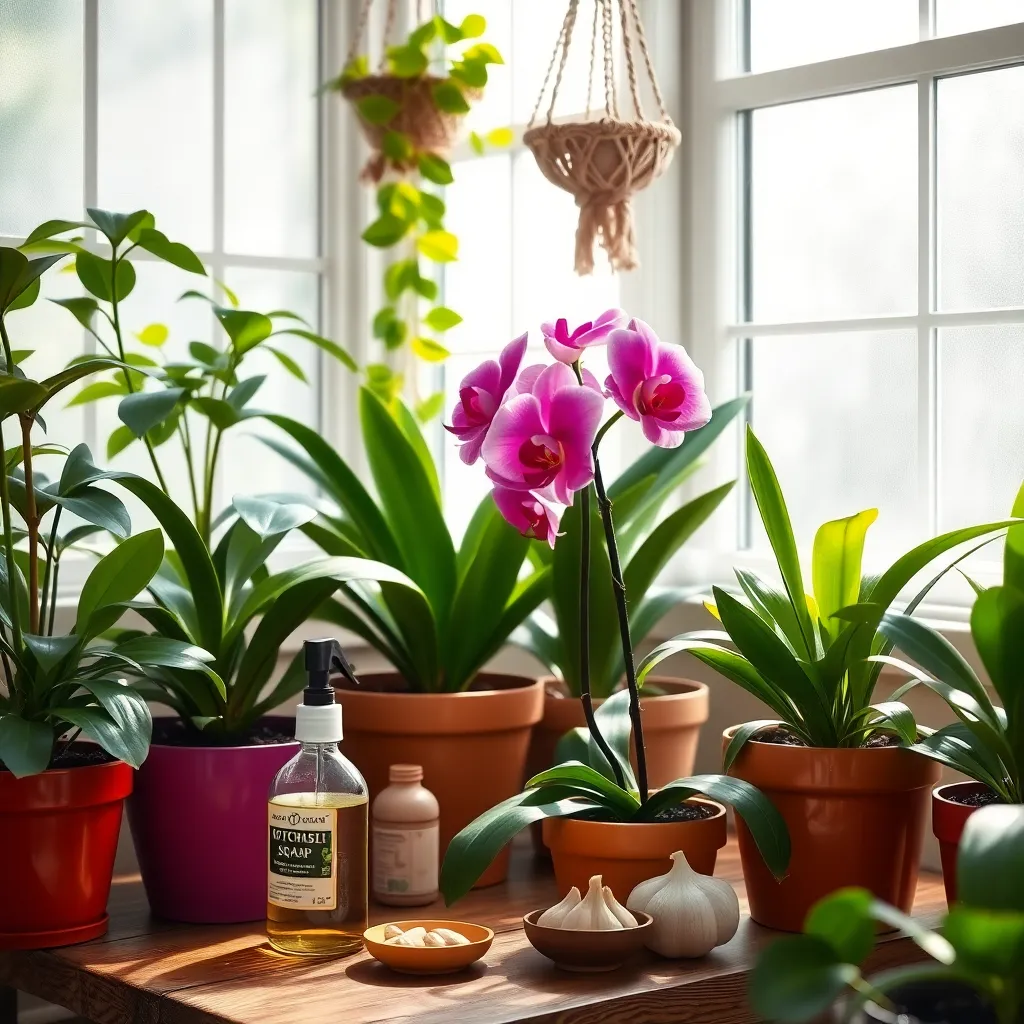Bringing a touch of nature indoors with flowering plants not only elevates your home’s aesthetic appeal but also enriches your living environment with color and vitality. Whether you’re a novice just embarking on your green-thumb journey or a seasoned gardener seeking to diversify your indoor collection, the world of indoor flowering plants offers a bounty of options to explore. Here, we delve into the myriad ways these blooming beauties can transform your space, offering both visual delight and a connection to nature that soothes the spirit.
Indoor flowering plants are more than just decoration—they’re living companions that can purify the air and lift your mood. In this article, we’ll guide you through a selection of stunning indoor blooms that are as rewarding to care for as they are to behold. You’ll discover practical tips for nurturing each plant, ensuring they thrive in your unique home setting, and learn how to tailor your plant choices to suit both your personal style and environmental conditions.
From the vibrant hues of the African violet to the elegant grace of the peace lily, each plant brings its own unique flair and set of care requirements. We aim to inspire confidence in new gardeners, providing clear, approachable guidance, while seasoned plant enthusiasts will find fresh ideas to expand their indoor gardens. Together, let’s embark on this delightful journey to create a lush, flowering oasis within your home that will continue to bloom through the seasons.
Choosing Vibrant Indoor Blossoms

Adding vibrant indoor blossoms can significantly enhance the ambiance of your home. When choosing plants, consider those that will thrive in your specific environment, focusing on light availability and temperature.
Start with beginner-friendly options like African Violets, which bloom year-round with minimal fuss. They prefer bright, indirect light and should be planted in a well-draining potting mix tailored for African Violets.
For more advanced gardeners, orchids can be a rewarding challenge with their striking blooms. Ensure they are placed in a location with indirect sunlight and maintain humidity levels by misting regularly or using a humidity tray.
Incorporate a variety of plants to enjoy a continuous display of color through different seasons. Rotate the placement of flowering plants every few weeks to ensure even light exposure and promote uniform growth.
Optimal Light for Indoor Flowers

Understanding the optimal light conditions for indoor flowers is crucial for their growth and bloom. Many flowering plants thrive in bright, indirect light, which mimics their natural habitat under the forest canopy.
To achieve this, place your plants near a north or east-facing window, where they can receive ample sunlight without the risk of scorching their leaves. For homes with limited natural light, consider using grow lights to supplement the natural light and ensure your flowers get the energy they need.
It’s important to remember that not all flowering plants have the same light requirements. While some, like African violets, prefer indirect light, others, such as orchids, can benefit from more direct sunlight for part of the day.
To optimize the lighting for your indoor garden, regularly rotate your plants to ensure even growth and prevent them from leaning towards the light source. Additionally, monitor the leaves for signs of too much or too little light, such as yellowing or browning edges, and adjust their position as needed.
Soil Mix for Blooming Success

To achieve blooming success with your indoor flowering plants, the right soil mix is crucial. Start with a base of high-quality potting soil that’s well-draining yet retains enough moisture to keep the roots hydrated.
Adding amendments like perlite or vermiculite can improve soil aeration and drainage, which is key for healthy plant growth. These ingredients prevent compaction and allow roots to breathe, promoting vibrant blooms.
Consider mixing in some organic matter such as compost or aged manure to boost nutrient content. This enriches the soil with essential nutrients, ensuring your plants have the food they need to produce robust flowers.
For those looking to delve deeper, experimenting with different soil pH levels can yield interesting results. Most flowering plants thrive in slightly acidic to neutral soil, but some, like African violets, prefer a slightly more acidic environment.
Watering Tips for Healthy Flowers

Watering your indoor flowering plants properly is crucial for their health and vitality. Over-watering is a common mistake that can lead to root rot, while under-watering can cause stress and wilting.
Ensure that the pots have adequate drainage holes to allow excess water to escape. This prevents water from stagnating at the bottom, which can suffocate the roots.
For most indoor flowering plants, it’s best to water when the top inch of soil feels dry to the touch. Insert your finger into the soil to check moisture levels, and adjust watering frequency based on your plant’s needs and the season.
Consider using room-temperature water, as extremely cold or hot water can shock the plants. Watering in the morning allows any excess moisture on leaves to evaporate during the day, reducing the risk of fungal diseases.
Advanced gardeners might explore the benefits of using a moisture meter for precise watering. These tools help ensure that each plant receives the right amount of water, especially in larger collections.
Preventing Pests on Indoor Plants

One of the first steps in preventing pests on indoor plants is to maintain a clean environment. Regularly dust leaves with a damp cloth to remove dirt and potential pests that can hinder plant health.
In addition, maintaining proper humidity levels can deter common indoor pests like spider mites. Use a humidifier or pebble tray under your plants to keep the air moist, especially during dry months.
Inspect your plants weekly for any signs of pest infestations such as discolored leaves or webbing. Early detection allows you to take swift action, preventing the pests from spreading to other plants.
For a natural pest deterrent, consider using a homemade insecticidal soap spray. Mix a few drops of mild liquid soap with water in a spray bottle and apply it to affected areas, ensuring you reach both the tops and undersides of leaves.
Advanced gardeners might introduce beneficial insects like ladybugs to their indoor gardens. These natural predators help control pest populations without the need for chemical interventions.
Conclusion: Growing Success with These Plants
In exploring the world of gorgeous indoor flowering plants, we’ve uncovered five key concepts that can deeply enrich your relationships: nurturing growth through consistent care, fostering a vibrant environment, embracing diversity in beauty, the joy of shared experiences, and the patience that blooms lasting bonds. These principles remind us that just as a plant requires attention and love to thrive, so too do our relationships.
As your actionable next step, consider selecting a flowering plant that resonates with you and your partner, and commit to caring for it together. This simple act can become a meaningful ritual, symbolizing your shared growth and nurturing.
Be sure to save or bookmark this article for future reference, as it offers valuable insights that can be revisited to inspire and guide your relationship journey.
Looking ahead, remember that cultivating a flourishing relationship is a rewarding endeavor that promises beauty and resilience. With dedication and love, your bonds can blossom into something truly extraordinary. Keep tending to your relationships with the same care you would a beloved plant, and watch as they thrive. Let this article be a stepping stone to a vibrant, enduring partnership.

